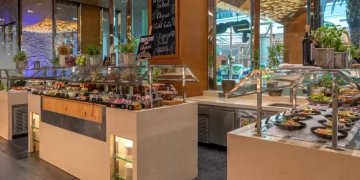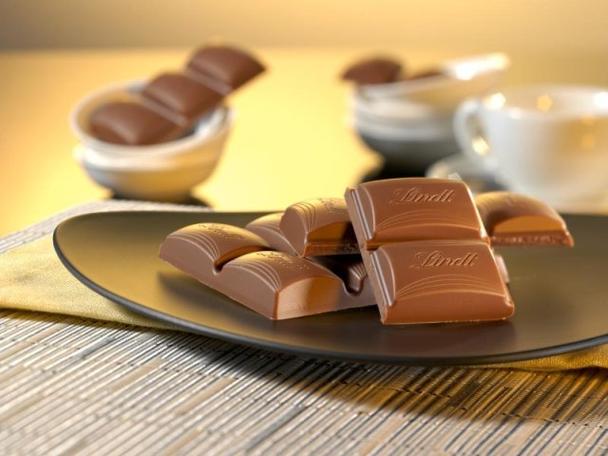Chocolate, the name itself can evoke people’s infinite imagination of sweetness, richness, and silky taste. It is not just a food, but also a carrier of emotions and art. In the world of high-end chocolate, tasting is not just a pleasure for the taste buds, it is a sensory feast and a cultural experience. This article will guide you into the fascinating world of high-end chocolate and embark on a sweet and profound tasting journey.
Firstly, understanding the origin and production process of chocolate is the foundation of tasting. The production of premium chocolate begins with the careful selection of cocoa beans, which typically come from specific regions such as Ghana, Ecuador, or Madagascar. Their variety and growth environment determine the basic flavor of chocolate. After careful fermentation and drying, cocoa beans are transported to chocolate factories where they are baked, ground, mixed, and ultimately transformed into tempting chocolate cubes.
When tasting high-end chocolate, the first thing to pay attention to is its appearance. The surface of high-quality chocolate should be smooth, with uniform color and no white cocoa butter spots. Gently break a small piece and you should hear a crisp “pop” sound, indicating that the chocolate has a perfect structure and contains an appropriate amount of cocoa butter.
The next step is to smell the fragrance. Close the chocolate to your nose and take a deep breath. You should be able to smell the rich aroma of cocoa, as well as the subtle aroma of nuts, flowers, fruits or vanilla. The aroma of high-end chocolate is complex and distinct, which can tell you the possible ingredients and quality of chocolate.
Tasting is the core of tasting. Put a small piece of chocolate in your mouth and let it slowly melt on your tongue, paying attention to the changes in the chocolate in your mouth. High end chocolate usually has a rich taste hierarchy, from the initial cocoa bitterness to the later sweetness, and finally the aftertaste, interweaving into a picture of taste. In addition, the taste of chocolate should be silky, without any graininess.
While tasting, pay attention to the taste and aftertaste of chocolate. A high-quality chocolate will leave a lasting aftertaste in your mouth, which may be a soft nutty flavor, a distinct fruity acidity, or a deep woody aroma. The presentation of each flavor should be balanced, and no flavor will overpower others.
Finally, tasting high-end chocolate is also a process of learning and exploration. Understanding the characteristics of cocoa beans from different regions and trying different brands and production techniques of chocolate can deepen your understanding and appreciation of chocolate. Every time you taste, you may discover new flavors and feelings, which is exactly the joy that comes with a chocolate tasting journey.
The sweet temptation of chocolate lies in its ability to touch people’s hearts, evoke emotions, and make them feel the beauty of life every moment they taste it. Tasting high-end chocolate is not only about satisfying taste buds, but also about pursuing quality of life and respecting culinary culture. So, next time you hold a delicate piece of chocolate, remember to slow down, savor it carefully, and enjoy this sweet journey.
















































